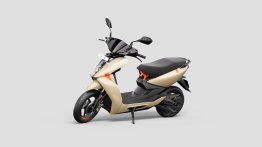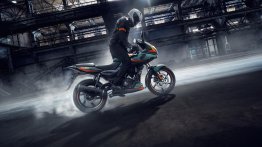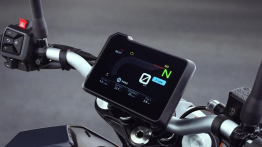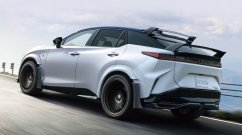The Indian government shook the industry with a sudden, eccentric shift towards electric vehicles in 2019. A union minister even went on record to give a (rather short) timeline for the shift to electric vehicles which raised several eyebrows, not just in India, but around the world.
As per SIAM data, only 32% of the sales in the petrol-powered two-wheeler industry in India are automatic scooters. The electric two-wheeler segment, though, is largely dominated by small range, low-speed scooters. Ather Energy’s entry was the pivotal point in breaking the stereotype associated with EVs in India. Buoyed by the high demand, even traditional two-wheeler manufacturers like Bajaj and TVS were keen to ride this wave and introduced the Chetak and iQube.
The Delhi Auto Expo 2020 was a major dud for two-wheeler enthusiasts with just Aprilia and Suzuki being the two major players present at the event. However, as one door closes, another opens. This year’s expo staged debut of many upcoming electric two-wheelers in India.
Here are the Top 5 upcoming electric bikes in India that were showcased at Auto Expo 2020:
1. Vespa Elettrica
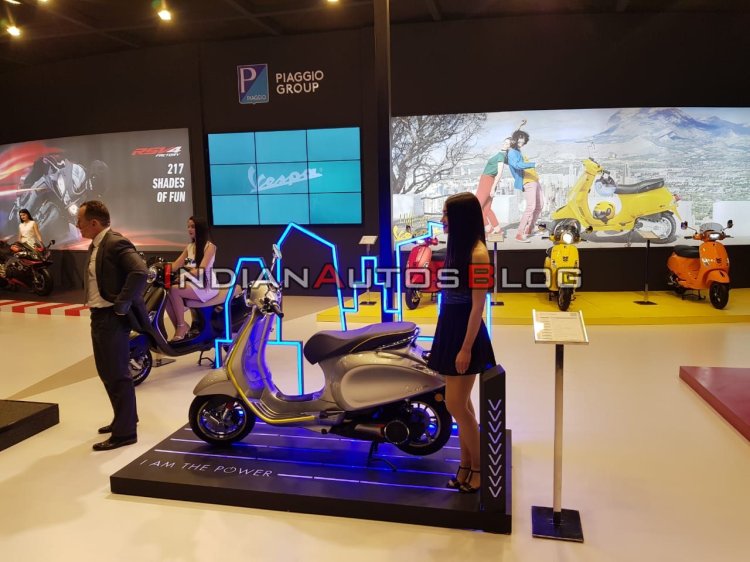
The first name in the list of upcoming electric bikes in India is Vespa Elettrica. Piaggio Group showcased the Vespa Elettrica for the second time in India this year. Reports say that the company plans to launch it as an import by June this year.
In India, the Vespa Elettrica was showcased with a 4 kW electric motor which is powered by a 4.2 kWh lithium-ion battery. This powerplant can a perfect starting point for an India-specific electric scooter. In its present state, the Elettrica has a range of 100 km on a single charge in eco mode and 70 km in power mode. It takes 4 hours to fully charge.
The Vespa Elettrica in India was showcased with a 200 mm disc at the front and a 140 mm disc at the rear. The TFT coloured instrumentation with “Vespa Connectivity” may also make the cut for India.
Read more: Top 5 upcoming bikes of Honda in 2020-21
2. EeVe Tesero
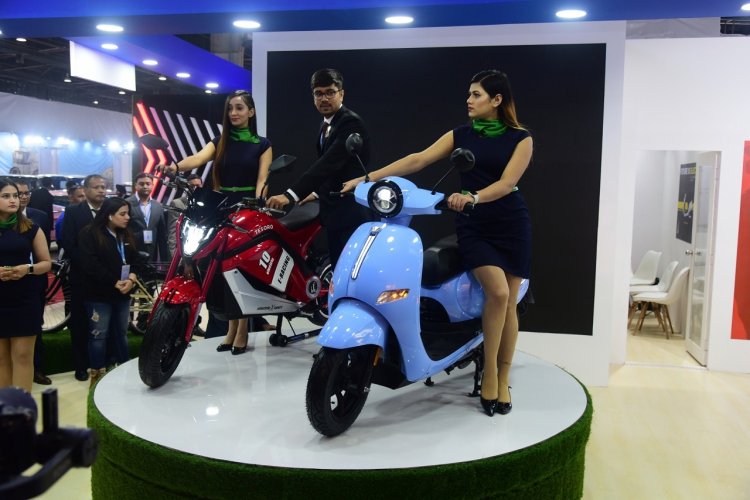
The Bhubaneshwar-based startup OmJay EV took the stage at Auto Expo 2020 and showcased two new two-wheelers, Tesero (motorcycle) and Forseti (scooter). What caught our eye was the former, a street naked motorcycle, which the company claims has been developed indigenously.
The Tesero’s Bosch-sourced electric motor will be capable of attaining a top speed of 90 km/h to 100 km/h. It will have a range of 120 km on a single charge. Key features will include a digital instrumentation, upside-down front fork and disc brakes at both ends. While the unit showcased at the Expo was not shod with ABS, the company has confirmed to Indian Autos Blog that it will be offering the safety net in the production version.
Keeping up with the competition, the EeVe will also offer features like swappable batteries, geo-fencing, geo-tagging, and immobilisation. The EeVe will be launched in September. The company is at present busy in expanding its dealer network with plans to start 200 new touchpoints by December.
3. Hero Electric AE-47
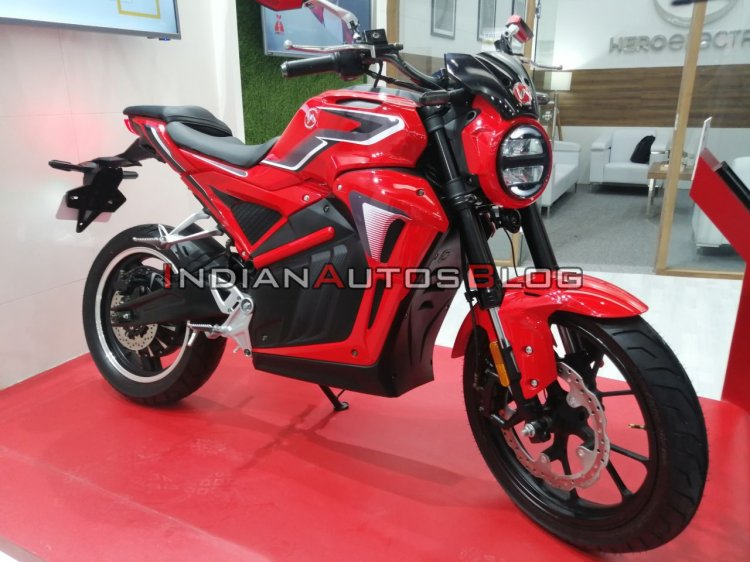
One of the biggest attractions at Hero Electric’s Auto Expo line-up, after the trike, was the AE-47. The commercial name of the motorcycle will be different. The company plans to retail it via 40 to 50 dealers initially. Also, do not expect the motorcycle to be affordable. In fact, the company has confirmed that it will be positioned as a lifestyle product.
The Hero AE-47 will be powered by a 4 kW electric motor which helps it accelerate from standstill to 60 km/h in 9 seconds. It will have a top speed of 85 km/h and a range of 85 km (Power mode)/160 km (Eco mode). Charging the battery pack, the capacity of which isn't known yet, will take 4 hours.
Key features will include full-LED lighting, disc brakes at both ends, upside-down front fork and cruise control. Besides that, a digital instrument cluster with Bluetooth connectivity will also be a standard fitment in the motorcycle. However, the AE-47 will not be launched in 2020, although the company already has three other products lined up for the year.
4. Bird ES1
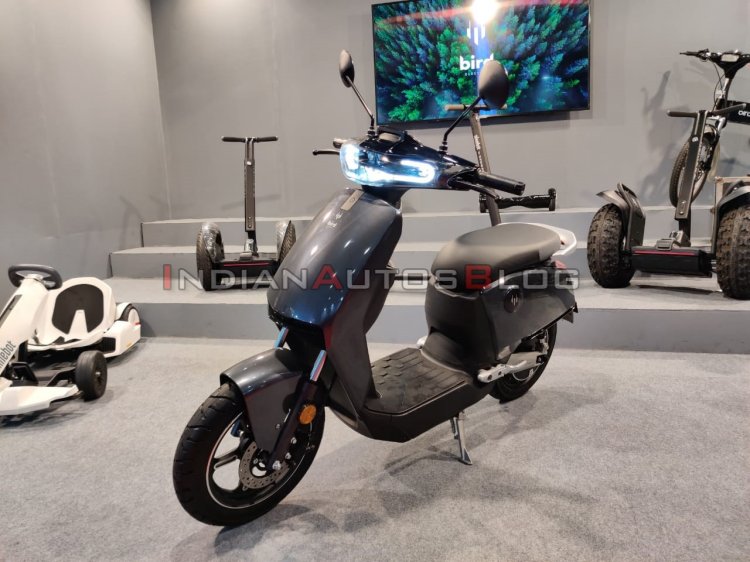
This stylish electric scooter managed to catch our attention with its sleek design, minimalistic usage of stickers and decent performance figures focusing on everyday usage. Essentially a rebadged Super Soco CU-X, the Bird ES1 features a unique LED headlamp. It measures 1,782 mm in length, 727 mm in width and 1,087 mm in height. The wheelbase stands at 1,217 mm long while the seat height is an accessible 720 mm. The ground clearance is rated at a healthy 140 mm.
The Bird ES1 is powered by a 60V, 2 Ah battery pack and has a top speed of 35 km/h. It has a claimed range of 50-55 km. Braking duties are handled by discs, and the scooter rides on 12-inch wheels. Suspension duties are handled by a telescopic fork at the front and twin springs at the rear.
Bird Automotive is yet to announce a price tag for the scooter and announce a launch date. However, being a new player in the market we wouldn’t be surprised if it brings the ES1 at an accessible price point instead of positioning it as a premium offering.
5. Okinawa Cruiser
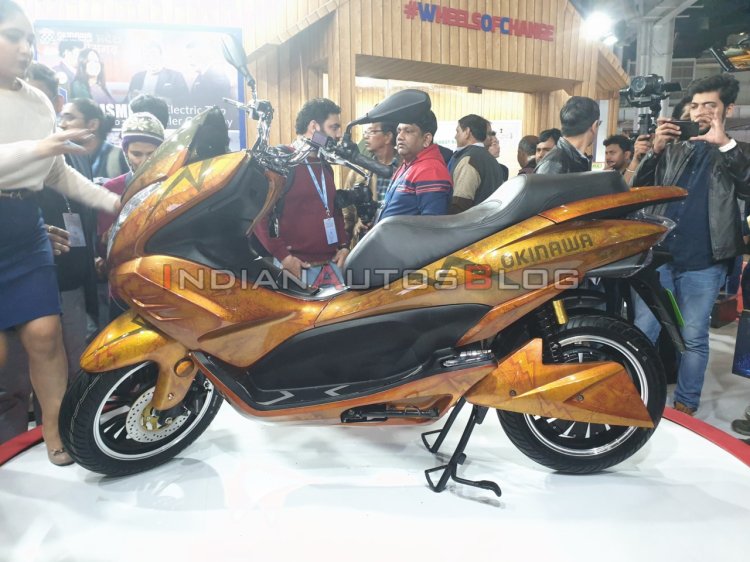
The market for maxi-scooters is still a very nascent segment. On the internal combustion engine side, we have the Suzuki Burgman Street 125 and the upcoming Aprilia SXR 160 (and Aprilia SXR 125). Okinawa now wants to go one step ahead with an electric maxi-scooter, the Okinawa Cruiser which is also our final name in the list of upcoming electric bikes in India. The scooter bears an apron-mounted headlamp. The snazzy golden paint scheme showcased in the concept will most probably not be seen in the production version.
The Okinawa Cruiser sees extensive chrome application on the handlebar, footpegs and alloy wheels. It has a split-style footboard, a saddle large enough to accommodate two adults, covered glovebox, anti-theft alarm, keyless entry, Find My Scooter function, USB charger, Motor Walking Assistance (forward/reverse motion) and cruise speed lock.
Powering the Okinawa Cruiser is a 3 kW electric motor which draws power from a 4 kWh lithium-ion battery. It has a top speed of 100 km/h and can climb a gradient of 15 degrees. Also, the detachable battery takes two-three hours to fully charge and has a claimed range of 120 km on a single charge. Expect a launch announcement sometime in mid-2020.
To update more bike news, stay tunned on Indianautosblog!
















